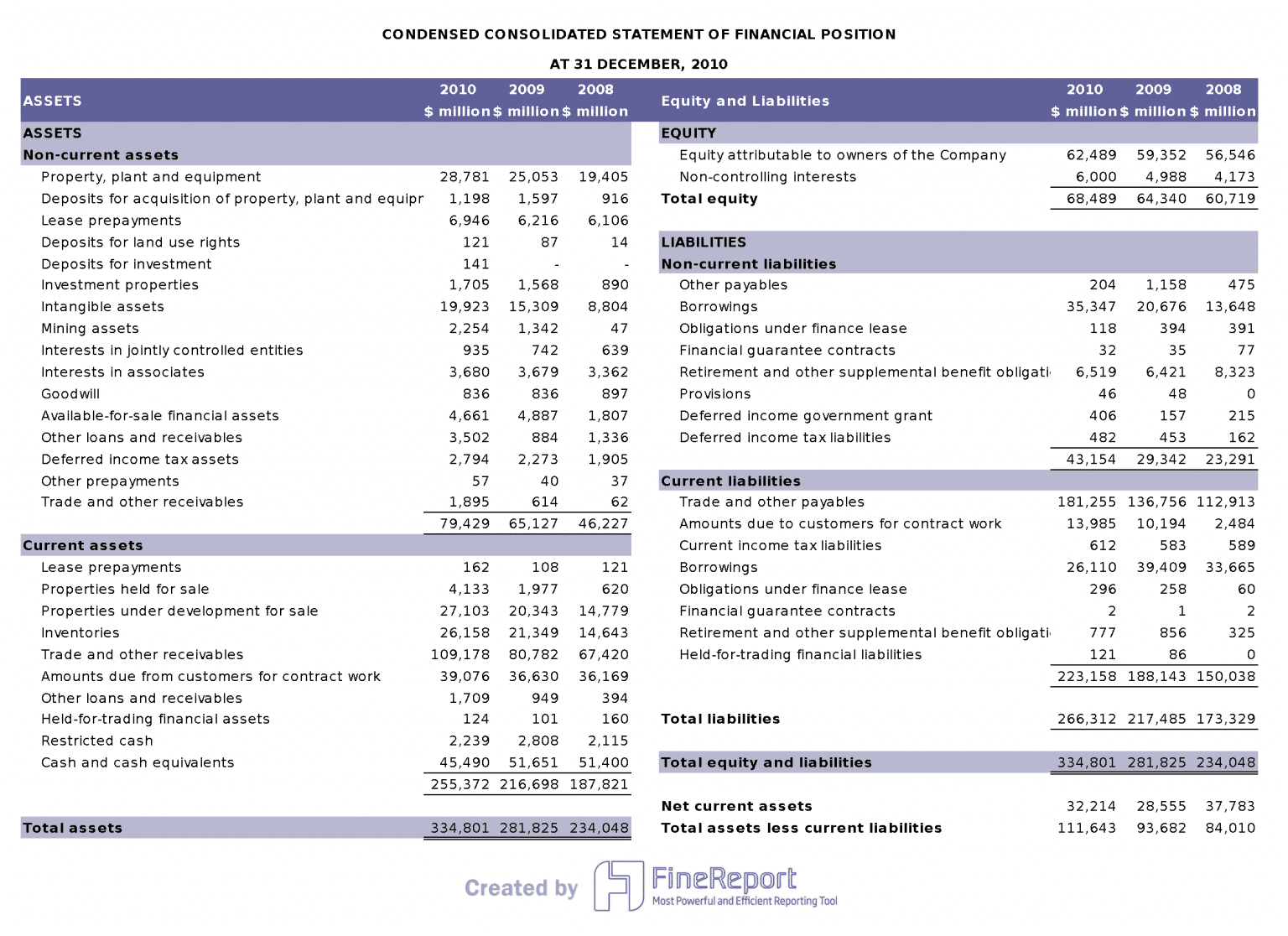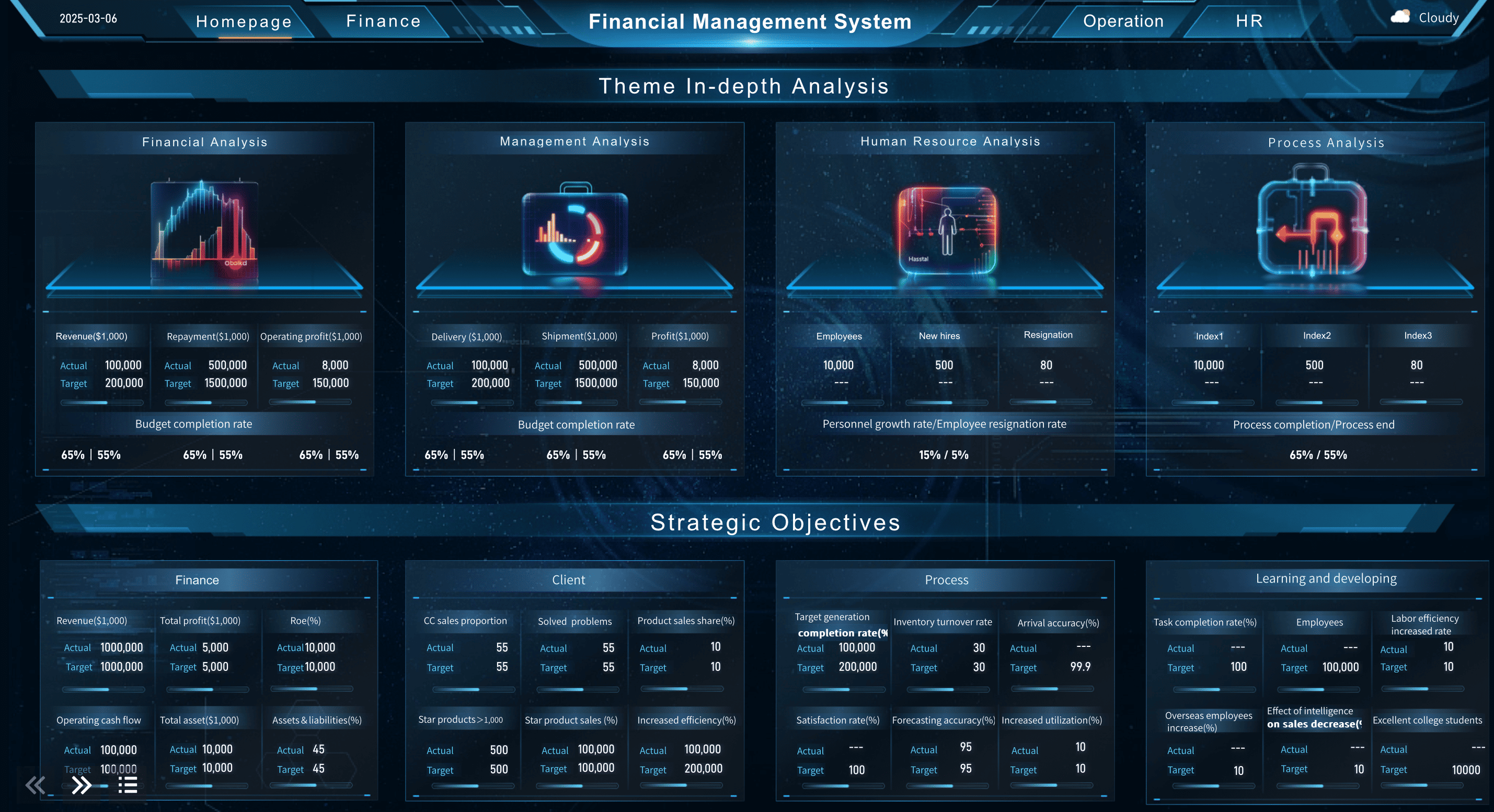

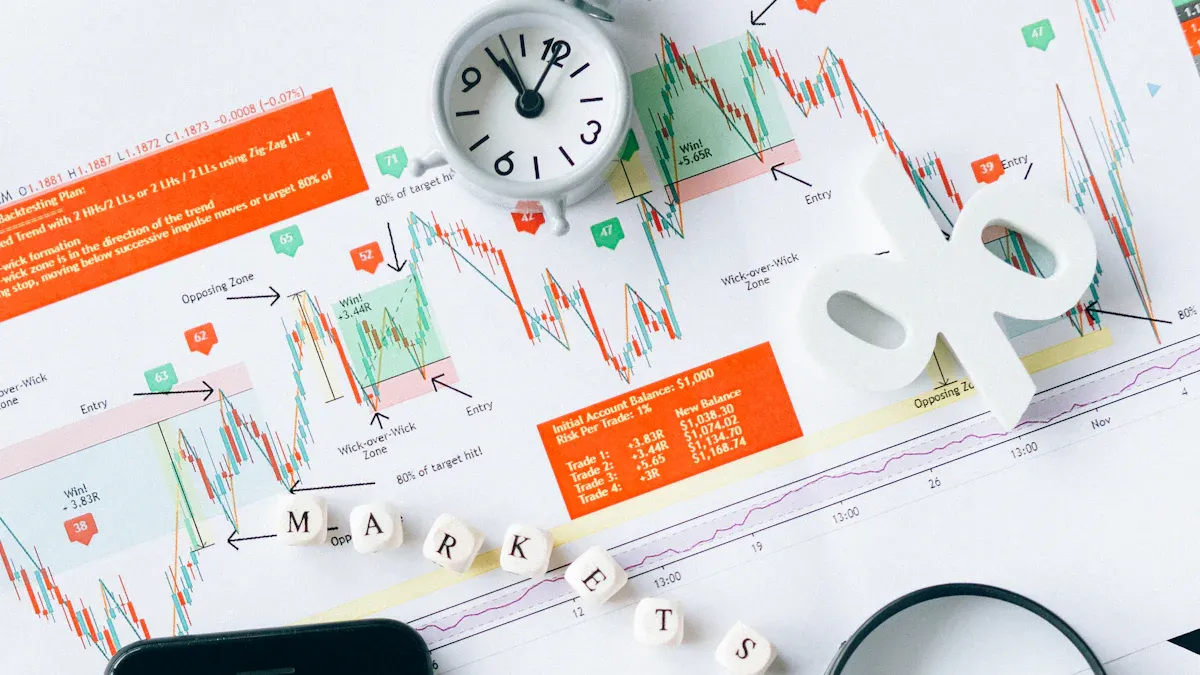
Imagine a store that buys its own products from people. In finance, buy back of shares means a company buys its own shares from the market. This helps companies give money back to shareholders. It can also make each share worth more. When you learn about buybacks, you see how they show a company is strong. Buybacks can also make investors feel more confident. FanRuan is a leader in data analytics and financial solutions. They help companies make smart choices with good information.
Buy back of shares meaning
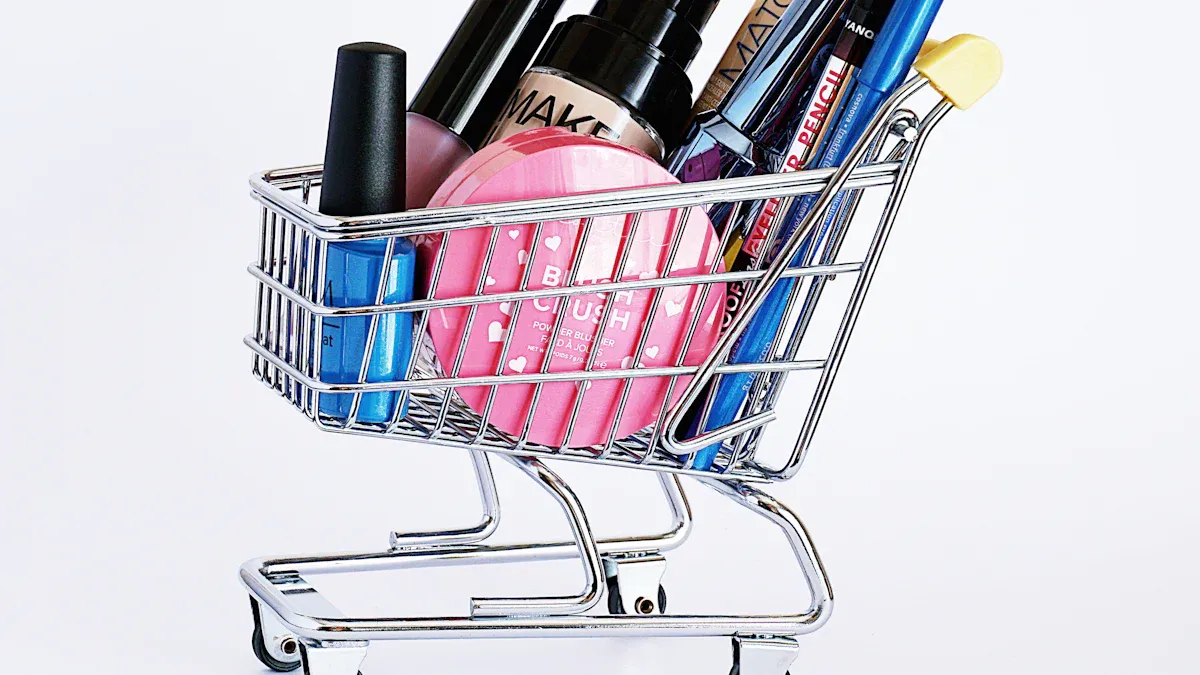
Simple definition of Buy back of shares
People sometimes talk about buy back of shares when they talk about companies and stocks. This means a company chooses to buy its own shares from people who own them. When a company does this, there are fewer shares in the market. Each share left can become worth more. It is like the company putting money into itself.
Companies must follow rules when they buy back shares. These rules keep both the company and investors safe. Here is a table that shows the main legal points about buybacks:
| Aspect | Details |
|---|---|
| Legal Basis | Section 68 of the Companies Act gives the rules for buyback of shares. |
| Funding Sources | Buybacks can use free reserves, securities premium account, or money from new issues. |
| Permissible Methods | 1. Tender Offer: Company offers a set price to shareholders. |
| 2. Open Market Purchase: Company buys shares straight from the market. | |
| 3. Buyback from Odd-lot Holders: For people with less than a market lot of shares. | |
| Limitations | 1. Company can buy back up to 25% of paid-up capital and reserves. |
| 2. Debt-to-equity ratio must stay below 2:1 after buyback. | |
| 3. There must be at least one year between buyback offers. | |
| 4. Shares must be canceled within seven days after buyback ends. |
You might wonder how buybacks are different from other ways companies give value to shareholders. Companies can also pay dividends. Here are some main differences:
- Share buyback: The company buys its own shares, so there are fewer shares in the market.
- Dividend payment: The company gives some profit to shareholders, usually as cash.
Some companies, like Accenture, use both ways. They sometimes pick buybacks because it can make each share worth more and may help investors pay less tax.
Many people think buybacks only happen when the market is good or that companies should not buy back shares if prices are high. These ideas are myths. In truth, companies do buybacks for many reasons, and the timing depends on what they want and what they have.
Everyday analogy
Think about a pizza cut into eight slices. You and your friends each get a slice. Later, you buy back two slices from your friends. Now, only six slices are left with the group. Each person’s part of the pizza is now bigger because there are fewer slices.
A buy back of shares works like this. When a company buys its own shares, there are fewer shares for everyone else. If you still own shares after the buyback, your part of the company is bigger. This can make your shares worth more.
People may call this a share buyback or a repurchase. No matter what it is called, the idea is the same. The company takes some shares off the market, which can help make the shares left more valuable for those who keep them.
Share buyback process
Step-by-step overview
You may wonder how a share buyback happens. The company follows steps to make sure it is done right. Here is a simple list of what happens:
- The company checks its rules and gets approval from its Articles of Association.
- The board of directors meets to talk about the buyback and gives approval.
- All shareholders vote in a meeting about the buyback.
- The company sends needed papers to the Registrar of Companies.
- The directors say the company can pay for the buyback and will stay strong.
- The company sends a letter to shareholders to explain the buyback.
- The offer period starts, and shareholders choose if they want to sell their shares.
- The company checks the offers from shareholders.
- The company opens a new bank account for buyback money.
- The company buys the shares and cancels them.
- The company files a final form to show the buyback is finished.
- The company keeps a record of all buyback deals.
Tip: Companies in the US, EU, and China must follow special rules for buybacks. These rules help keep investors safe and make the market fair.
New rules make companies share details about their buyback steps. Companies must report buyback activity every day. They must show the class of shares, average price paid, total shares bought, and shares left for buyback.
- Companies must give buyback details in quarterly and yearly reports.
- Companies must show daily buyback activity in tables.
- Reports include the class of shares, average price, total shares bought, and shares left for buyback.
In China, the state asset regulator helps government-owned companies use buybacks to support the market. This helps protect shareholder rights and builds trust in listed companies.
What happens to shares
After the buyback is done, you may ask what happens to the shares. The company usually cancels the shares it buys back. These shares do not exist in the market anymore. The total number of shares goes down. Each share left is now a bigger part of the company.
- Share buybacks lower the total shares in the market.
- Earnings per share go up because profits are split between fewer shares.
- Your ownership percentage grows if you keep your shares after the buyback.
Note: The buyback process can make each share worth more. You benefit if you keep your shares because your part of the company gets bigger.
The buyback process helps companies manage their money and reward shareholders. You see changes in the company's financial statements after a buyback. The process also shows the company believes in its future and wants to give value to investors.
Buy back of shares reasons
Why companies do buybacks
You might wonder why a company chooses a buy back of shares. Companies often use a share buyback to give value to people who keep their shares. When a company thinks its shares trade below their real worth, it may buy them back. This move can help create more shareholder value. Some companies use a buyback to return cash to investors who want to leave. Others want to make each share more valuable by reducing the total number of shares.
Here are some common reasons companies start a buyback:
- Companies believe their shares are undervalued and want to invest in themselves.
- A buyback can give cash to shareholders who want to exit.
- Reducing the number of shares increases earnings per share.
- Fewer shares mean each remaining share could become more valuable.
- A stock buyback can be a tax-friendly way to return profits compared to dividends.
You can see the fundamental differences between dividends and stock buybacks. Dividends give cash directly, while a buyback of shares reduces the number of shares and can boost the share price. This is the main difference between dividend and share buyback.
Financial impact
A share buyback changes important numbers for a company. When a company buys back shares, it reduces the total shares in the market. This action can increase earnings per share. For example, if a company has a net income of 0.50. After a 10% buyback, only 2,700,000 shares remain, so earnings per share rises to $0.56.
| Metric | Before Buyback | After 10% Buyback |
|---|---|---|
| Net Income | $1,500,000 | $1,500,000 |
| Outstanding Shares | 3,000,000 | 2,700,000 |
| EPS | $0.50 | $0.56 |
A stock buyback can also change return on equity. Companies like Home Depot and Apple saw their ROE rise after big buybacks. Sometimes, a high ROE may hide real performance, so you should look at other numbers too.
Studies show that a buyback can lift share prices in the short term. Announcing a repurchase often leads to higher stock returns. Over time, buybacks can help increase market price and earnings per share. These are some advantages of buyback. You can see share buyback benefits in both short and long terms.
Tip: A buyback of shares can help you if you keep your shares. You may see your part of the company grow and your shares become more valuable.
Buyback types
There are two main ways companies do buybacks. One way is called open market. The other way is called tender offer. Each way works differently. Each way changes the market in its own way. Knowing about these helps you see how buybacks work.
Open market
In an open market buyback, the company buys its own shares from the stock market. It does this like any other investor. This kind of buyback can take a long time. Sometimes, it lasts for months. The company buys shares at prices close to the last price. The price is usually within 1% of the last trade. This way gives the company more choices. It can pick when to buy and how much to buy.
- The company does not need to buy all shares at once.
- You may not see big price changes because the company buys slowly.
- Open market buybacks make it easier for people to buy or sell shares.
Here is a table that shows how open market buybacks and tender offers change the market:
| Buyback Type | Market Liquidity | Share Price Volatility |
|---|---|---|
| Open Market Buybacks | Increases | Potentially Less |
| Tender Offers | Decreases | Potentially More |
Tender offer
A tender offer works in a different way. The company tells everyone it wants to buy a set number of shares. It offers a fixed price for these shares. The price is usually higher than the market price. You get about 10 days to decide if you want to sell your shares. This way lets you sell quickly and get a better price.
- The company gives a clear price and time limit.
- You can sell your shares for more money than the market price.
- The process is fast, usually about 10 days.
Here is a table that shows the good and bad sides for shareholders:
| Advantages | Disadvantages |
|---|---|
| You can sell shares for more money than the market price. | Tender offers can cost the company a lot and may not work if few people sell. |
| You get a clear chance to sell and get cash. | The process has more rules and paperwork. |
A tender offer can make prices change a lot because many shares are sold quickly. Open market buybacks usually make prices change less because the company buys shares slowly.
Tip: If you want to know which buyback type is happening, look at the company’s news. The company will say if it is an open market buyback or a tender offer.
Buyback effects
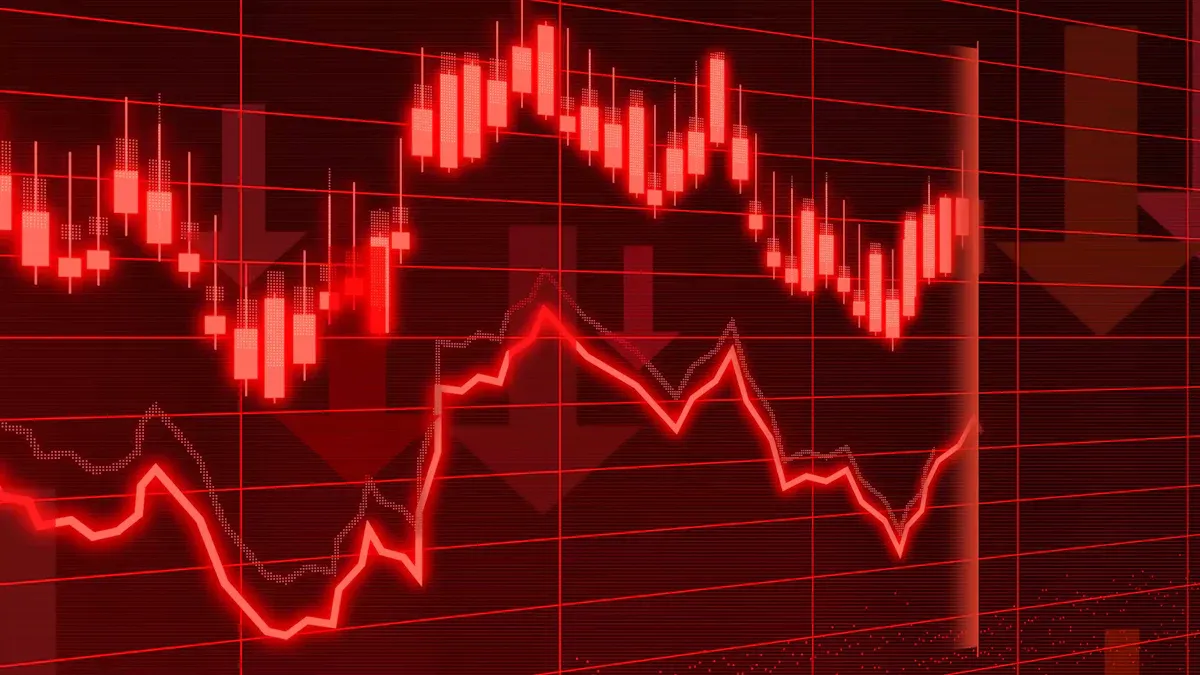
Impact on shareholders
When a company does a buyback, your ownership changes. The company takes some shares out of the market. If you keep your shares, your part gets bigger. This happens because the same profits are now split between fewer shares. You may see earnings per share go up. Many people like this because their shares can be worth more. A buyback can also make you trust the company’s future more.
| Findings | Short-term Effects | Long-term Effects |
|---|---|---|
| Price Reaction | Prices often go up | Long-term gains are not clear |
| Management Intent | Promoters can own more | Not always good for all shareholders |
| Recommendations | Stricter rules are needed | More study is needed for long-term results |
Impact on company
A buyback changes how a company uses its money. When a company spends cash to buy shares, it may have less for new plans. Some companies borrow money to pay for buybacks, which can be risky. Big buybacks can hurt a company’s finances. For example, PayPal spent more than it earned, which hid falling sales. Bed Bath & Beyond did buybacks before the pandemic and lost cash, which made things worse later.
- Buybacks can leave less money for new ideas.
- Companies with strong finances handle buybacks better.
- Firms can change how they use money and do better after a buyback.
- Risks include more debt, less money to grow, and confusing profit numbers.
Role of FanRuan in financial management
You can use smart tools to make better buyback choices. FanRuan has tools like FineReport and FineDataLink. These help you collect and check financial data from many places. You get quick updates about buybacks and profits. With these tools, you see how buybacks change value and company money. FineReport helps you make easy-to-read reports for shareholders. FineDataLink lets you bring data together, so you avoid mistakes and make good choices. In finance, companies use these tools to watch buybacks, be open, and follow rules. Smart analytics and AI make buybacks more exact and reporting simpler.
Tip: With FanRuan’s tools, you can handle buybacks well and keep your company strong.
You can picture a buy back of shares like a company buying its own shares. This helps make each share worth more. It can make earnings per share go up. Sometimes, the share price also rises. If you keep your shares, your part of the company gets bigger. Companies need to plan carefully when they do buybacks.
| Key Takeaway | What It Means for You |
|---|---|
| Shareholder Returns | Buybacks can help your shares become more valuable. |
| Company Strategy | Companies use buybacks to reach goals and change results. |
| Market Reaction | People watch old buybacks and what leaders want. |
FanRuan’s tools let you follow these changes and study what happens. You get easy-to-read reports and live data. This helps you see how buybacks change your investments.
FanRuan
https://www.fanruan.com/en/blogFanRuan provides powerful BI solutions across industries with FineReport for flexible reporting, FineBI for self-service analysis, and FineDataLink for data integration. Our all-in-one platform empowers organizations to transform raw data into actionable insights that drive business growth.
FAQ
You see companies do a share buyback to make each share more valuable. This can help increase earnings per share and show that the company believes in its future.
You do not have to sell your shares. You can choose to keep them. If you keep your shares, your ownership in the company may grow.
A buyback often makes the share price go up. Fewer shares in the market can make each share more valuable. Investors may feel more confident.
Yes, a company can do buybacks more than once. The company must follow rules and wait at least one year between buybacks.


